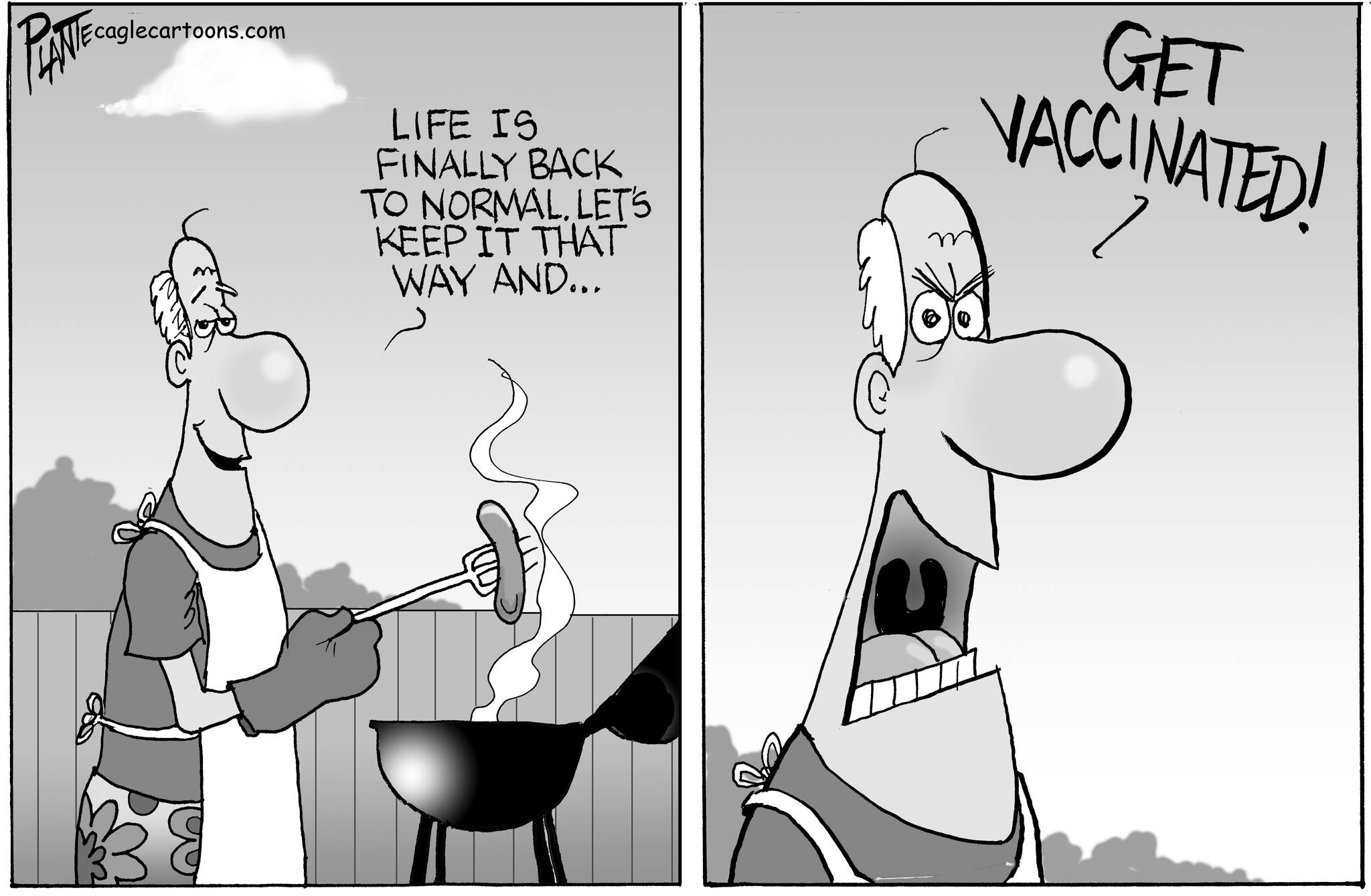On May 4, President Joe Biden set the goal for 70 percent of adults to receive a COVID-19 vaccine dose by Independence Day. On June 22, the White House conceded that the nation was likely to fall just short of this mark.
While this may be the case, it’s clear that the vaccine rollout, supported by the Biden administration’s American Rescue Plan, has been a success, yet it will require a continued commitment to vaccine equity – reaching people of color and young adults, particularly in states and communities with low vaccination rates – in order to overcome the threats of COVID-19.
Before Biden took office, the United States had administered 16.5 million coronavirus vaccine doses in just over a month, with a little more than 14 million of those being first doses. Since then, more than 300 million vaccine doses have been administered, of which 164 million are first doses. In response, the number of deaths and hospitalizations related to COVID-19 have dropped by more than 90 percent and weekly unemployment insurance claims halved.
This success has allowed Americans to regain their lives. It’s why Walt Rowen, owner of a decorative glass business in Pennsylvania, was able to overcome economic strife and welcome employees back to work; it’s why a 17-year-old granddaughter was able to see her 101-year-old grandmother in Minnesota for the first time in over a year; and why two lifelong best friends can now move into the same neighborhood in Florida after COVID-19 put their plans on hold.
Still, with many aspects of life returning to normal, the pandemic is not behind us. Cases have increased in states with lower vaccination rates, such as Arkansas, Oklahoma, Missouri and Montana. New variants may continue to emerge among the unvaccinated, particularly in colder months.
The United Kingdom offers a cautionary tale. Almost two-thirds of the country has received at least one dose of a COVID-19 vaccine — just under half the country is fully vaccinated — and yet the number of cases per day has returned to levels seen in February. The same variant causing such problems there is now gaining traction here. Experts estimate it accounts for 1 in 5 infections nationwide. This risks derailing the downward trend in cases, hospitalizations and deaths for the unvaccinated.
Preempting that risk relies on federal, state and local governments — regardless of political party — increasing vaccine access and confidence, reducing barriers and hesitancy, and improving equity. This must be done using strategies and messages that bridge divides and increase vaccine acceptance.
Two areas, in particular, must be addressed.
First, authorities must do more to ensure that there is equity in the vaccine rollout. According to a recent publication, while two-thirds of White people were projected to have received at least one vaccine dose by July 4, only 51 percent of Black people were projected to do so. At the same time, the disproportionate effect of COVID-19 on people of color seems to be growing.
To guarantee that all Americans can get vaccinated, authorities must bolster efforts to make vaccines accessible and convenient. That means ensuring that vaccine clinics have expanded hours, are located in areas with high social vulnerability scores, and are on public transportation routes. They must also partner with trusted local community leaders.
Second, there must be a concerted effort to vaccinate young people. The United States is on track to reach its goal for adults 27 and older. For those younger, one problem is that the messaging has shifted. Young adults were, for a long time, described as low-risk and low-priority. Now, the message is they are critical to beating the pandemic.
We need to emphasize that young, unvaccinated people remain vulnerable to life-threatening symptoms and long-term health consequences from virus exposure, particularly with new variants – and that our success story of overcoming this pandemic relies on all Americans protecting themselves and their loved ones. Optimizing the use of social media platforms is vital to raising awareness about vaccine benefits, as are partnerships with influencers.
The vaccine rollout has been one of the greatest successes of the Biden presidency so far. Back in March, the president pledged, “If we do this together … you, your family and friends can get together in your backyard … and have a cookout or a barbecue and celebrate Independence Day.”
Vaccinated Americans were now safe to do so. We must redouble our efforts to ensure all Americans, regardless of race, ethnicity, age, geography or political affiliation, are able to go about their lives uninhibited by this virus.
Jill Rosenthal is director of public health for the Center for American Progress, and Ben Hatt is a speechwriter for CAP. They wrote this for InsideSources.com.



